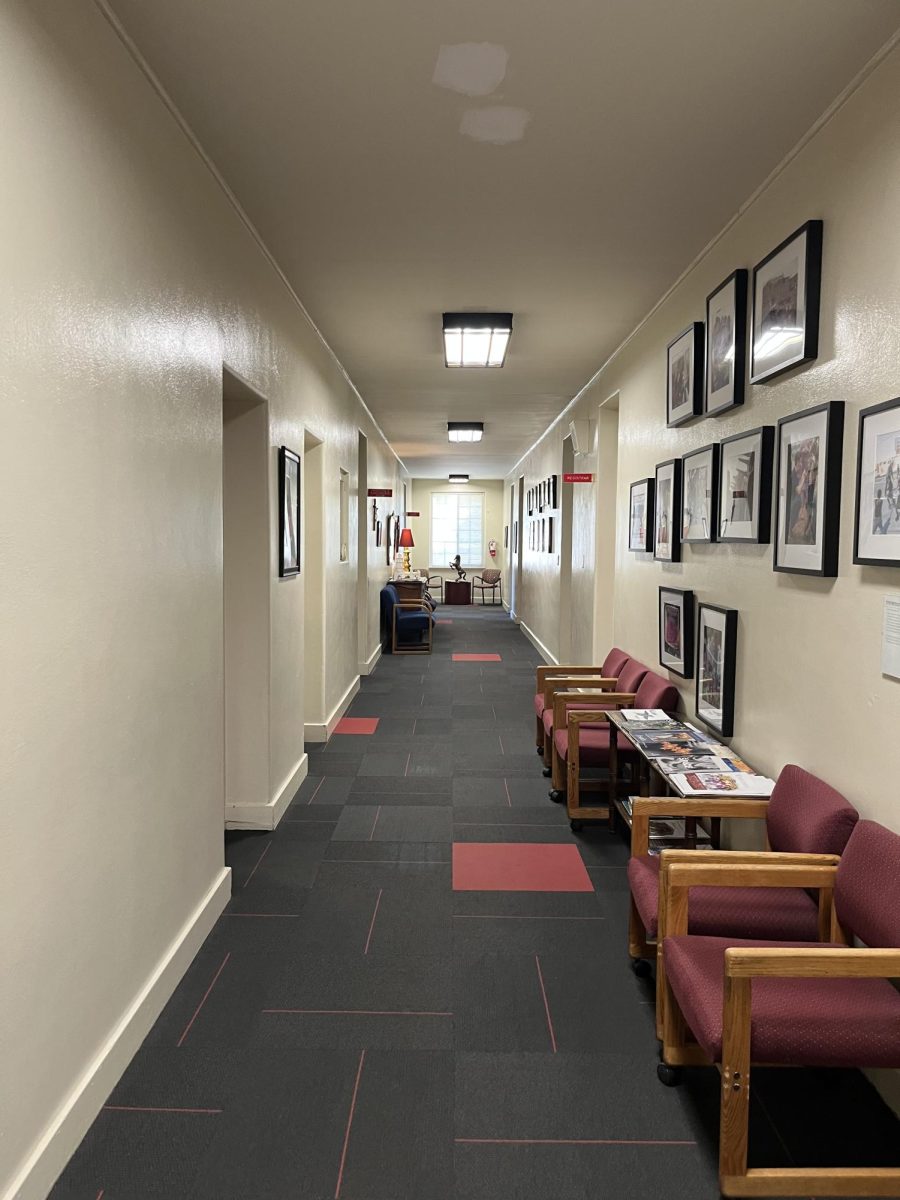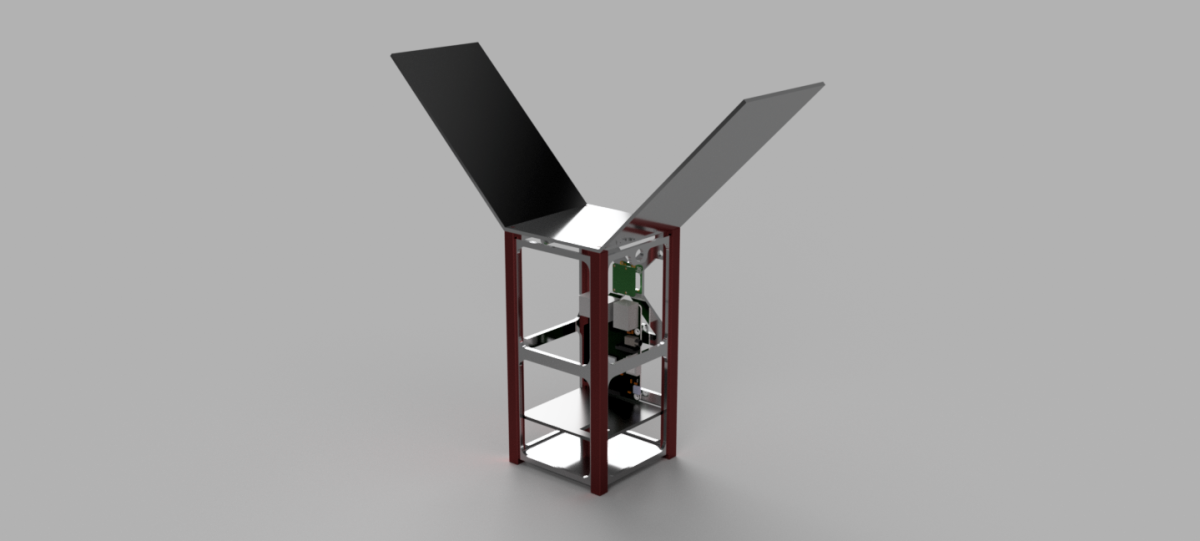The Brophy CubeSat Team has been around for years but has not yet launched their satellite. They plan on launching a satellite into orbit to predict the spread of Valley Fever, a disease that kills over 200 people each year. The team has had many challenges in the design and planning for the launch, including selecting a camera, manufacturing parts, and limited funding. These setbacks have caused their launch date to be about one to two years from now.
Camera selection has been a major problem for the CubeSat team according to Mr. Svedin. After months of testing they selected an infrared camera instead of an RGB camera. They still have lots of camera testing to do and they plan to test how the infrared camera tracks dust in the mountains.
Mr. Jason Svedin, the club moderator, said, “We are trying to launch a balloon as a proof of concept with some kind of image capture on it, to make sure we can receive data.” They will also test if the camera can distinguish between dust, pollution and cloud formations.
The CubeSat project has a tight budget and must use the most cost efficient parts, including the camera. “Most of the cameras are very expensive so we are trying to find a low cost alternative” Mr. Svedin said. Originally they planned to make the whole satellite from scratch using the workshop, but they decided that would take too much time and money. They also decided to use a low cost processing unit and landed on using an Arduino circuit as the processor.
The CubeSat team originally planned to launch their satellite within the next year. Unfortunately, they now plan to launch in one to two years on a NASA shuttle.


















